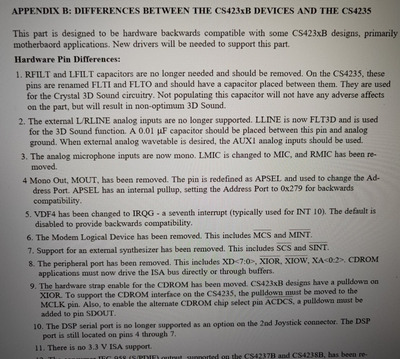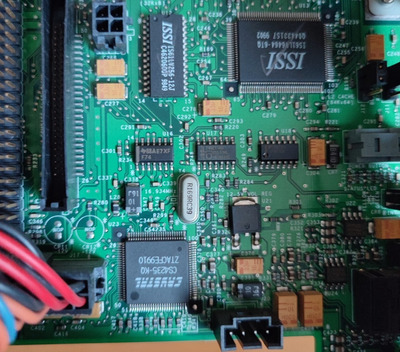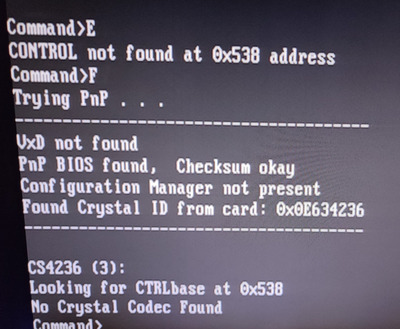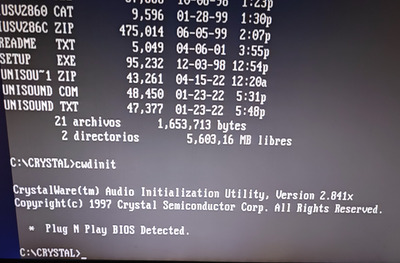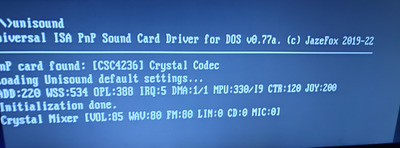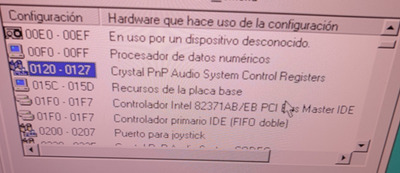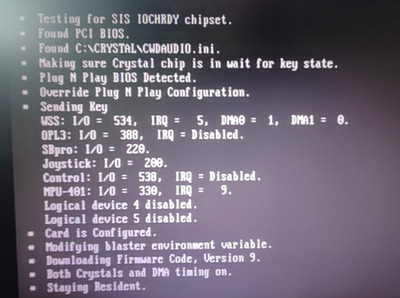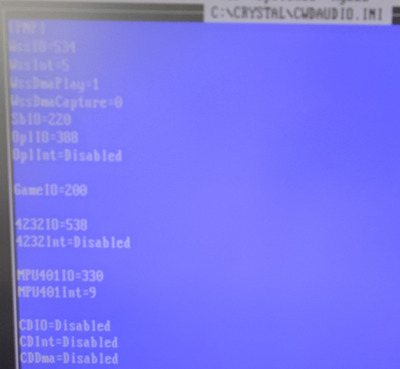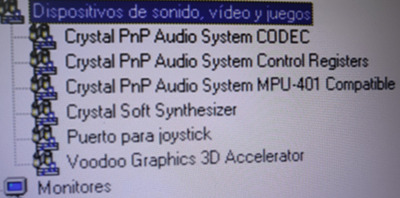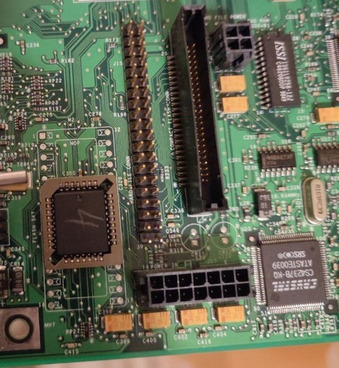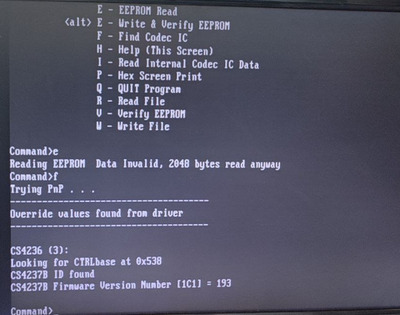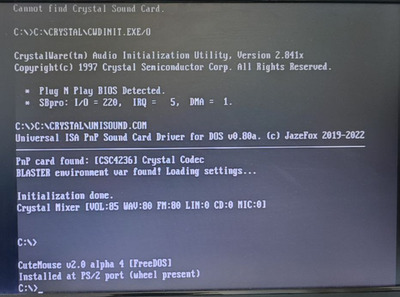First post, by marcushg85
Hi. I just got a very nice IBM thinclient (netvista n2800) with a 266 MHz mmx tillamook cpu, S3 trio 3d and cs4235 integrated audio and I've added a voodoo card to make it a nice and small retro build. I've downloaded both data sheets and they mention both crystal chips are pin compatible. Does that mean that one can desolder the awful cs4235 chip and just install a 4237b instead? That would be a great improvement, although in this particular computer the issue would still be that it has no joyport or wavetable header...
Any thoughts on it? Has anyone tried on one of those ISA cards? In that case I'd try to find one of those cs4237b chips which should be available
